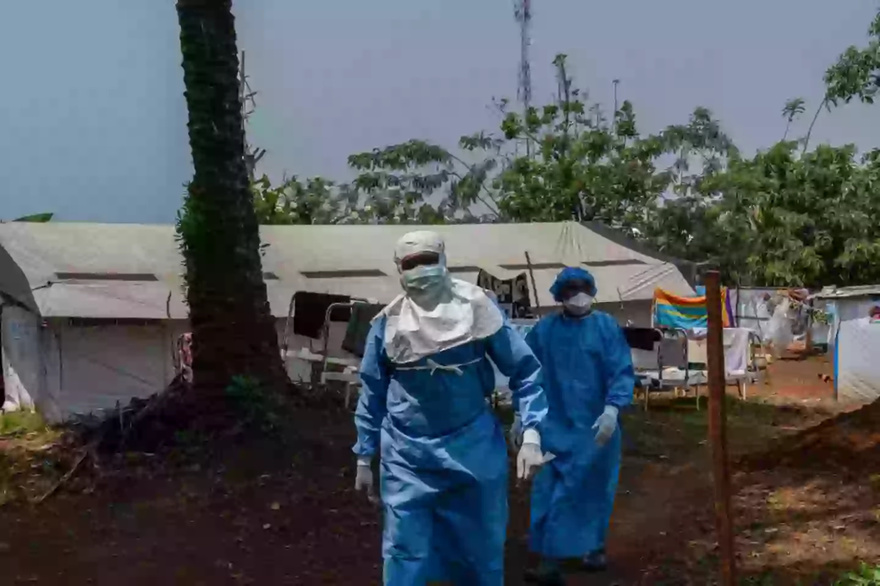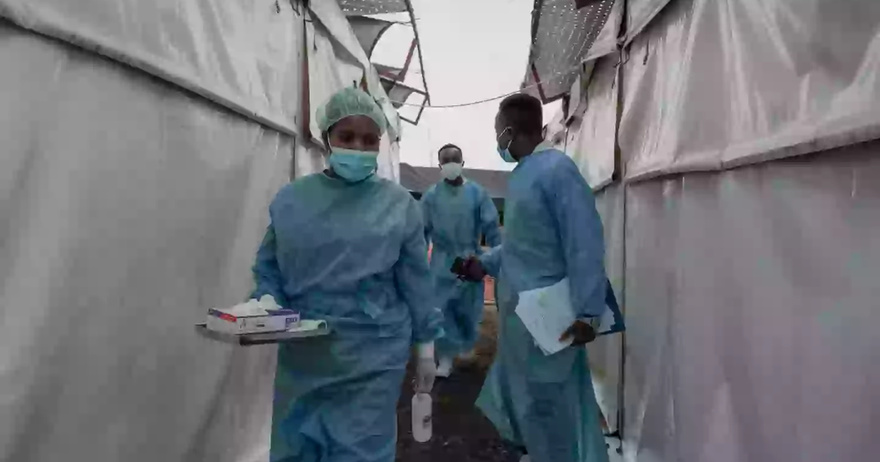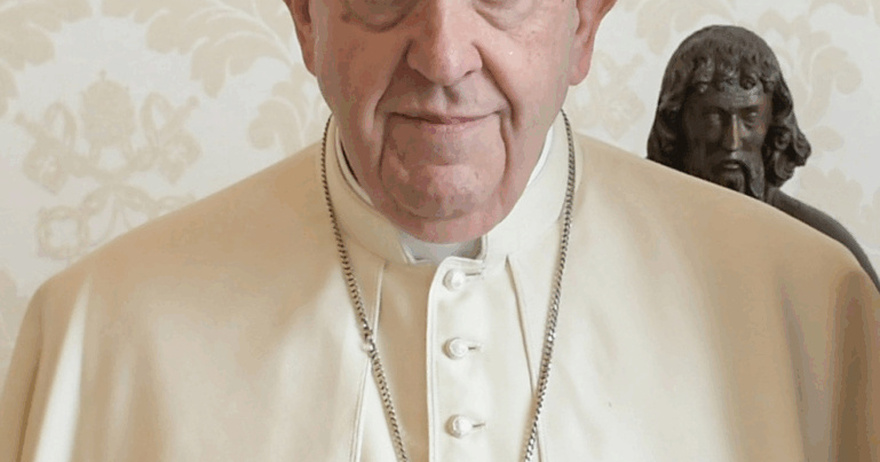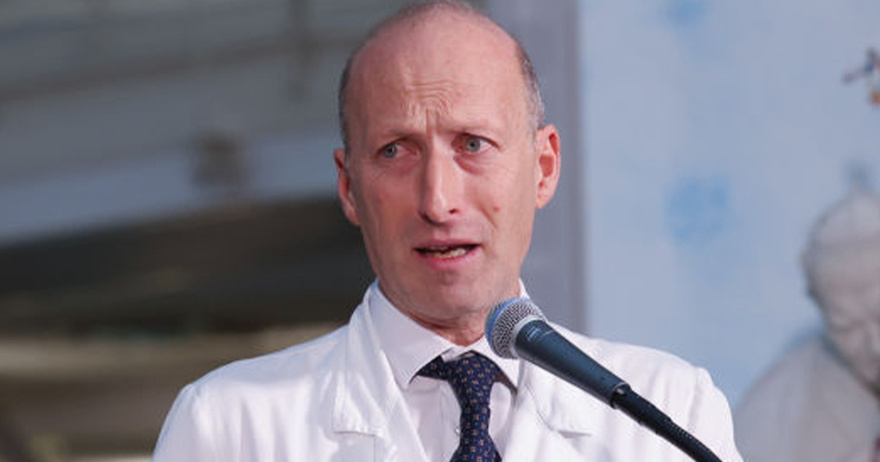The World Health Organisation are calling for an ‘high-level intervention’ in order to prevent further spread
Concerns are growing about an unidentified virus which has killed more than 50 people in the Democratic Republic of Congo.
According to an update from the World Health Organisation, the virus has been traced back to the village of Boloko, in the northwest of the country, as three children passed away after developing hemorrhagic symptoms back in January.
It’s believed the three children, who were all under the age of five, had eaten a bat prior to developing symptoms. However, it’s currently unclear whether or not the two are directly linked.

As of 15 February, a further 431 people have since been diagnosed in Boloko and the village of Bomate, with more than 50 deaths.
Health officials are particularly concerned about what has caused the sudden outbreak and are currently monitoring the situation closely.
“The outbreaks, which have seen cases rise rapidly within days, pose a significant public health threat. The exact cause remains unknown,” WHO spokesperson Tarik Jasarevic told reporters in a recent update (via Reuters).
“We are looking into whether it is another infection or whether it is some toxic agent. We have to see what can be done and at what point WHO can support.”
What do we know about the virus?
According to the WHO, the initial symptoms of the virus include headache, diarrhoea, and fatigue, which later progress into a hemorrhagic fever. Fatalities are said to have occurred around 48 hours since the onset of symptoms.
Patients have been tested for similar viruses such as Ebola or Marburg, but these have come back negative. Other causes such as malaria, viral hemorrhagic fever, food or water poisoning, typhoid fever, and meningitis are being investigated.

The WHO has also said that they are yet to establish links between the outbreaks, adding that: “Sequencing and additional investigations are ongoing to determine the cause of illness and deaths in the two health zones.”
Speaking about the potential seriousness of the outbreaks, Dr Michael Head, a senior research fellow in global health at the University of Southampton, said (via MailOnline): ‘There is a huge amount of uncertainty about this outbreak.”
He went on to explain that while similar outbreaks aren’t uncommon around the world, there needs to be further testing to identify a ‘confirmed pathogen’.
“However, here, it is concerning that we have hundreds of cases and over 50 deaths, with hemorrhagic-fever like symptoms widely reported among those cases,” he added.
Meanwhile, Professor Paul Hunter, an infectious disease expert at the University of East Anglia, added that a similar cluster of cases occurred in December and was later determined to be a combination of malaria and increased malnutrition.
‘It is certainly possible here that we have a similar issue,” he added.
“But we need to wait the results of ongoing investigations to know the cause.”
Jesse Plemons Once Played Late Philip Seymour Hoffman’s Son Before Taking on His Hunger Games Character for Upcoming Prequel
Brooke Shields Breaks Down in Tears After Husband Chris Henchy Surprises Daughter for Her Birthday
Only Geniuses Can Solve This Math Puzzle in 10 Seconds
Stephen Hawking’s Doomsday Warning is Coming Faster Than We Thought






























